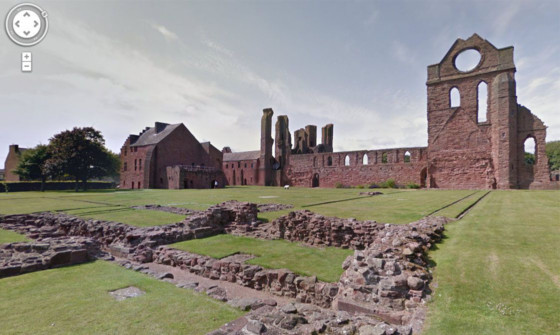History fans can enjoy a virtual tour of some of Scotland’s most iconic visitor attractions.
Thanks to an innovative new project launched by Google Street View, popular landmarks across Tayside and Fife and beyond can now be explored from home.
The initiative, which has been developed in partnership with Historic Scotland, allows people from all over the world to discover the secrets of 16 sites on their phone, tablet and computer.
They are invited to visit the final resting place of kings at Dunfermline Abbey and Palace, see where Mary Queen of Scots was imprisoned and forced to abdicate at Lochleven Castle, view the spot where the Declaration of Arbroath was signed at Arbroath Abbey and admire the impressive architecture at Stirling Castle.
Viewers can also keep an eye out for a glimpse of the Loch Ness Monster from the ramparts of Urquhart Castle, explore the fortifications of Fort George and admire the stunning panorama from the top of Arthur’s Seat in Edinburgh.
The full list of sites also includes castles at Dumbarton, Tantallon, Caerlaverock, Blackness, Dirleton, Craigmillar and Dunstaffnage, as well as Linlithgow Palace and Glasgow Cathedral.
Using 360-degree interactive imagery, people can explore the sites before they go, including some of the country’s more remote and hard-to-reach places.
Director of commercial and tourism at Historic Scotland, Stephen Duncan, said: “We are pleased to have partnered with Google Street View to work on this new collection, which showcases online a number of our properties from across Scotland.
“This technology will allow visitors, no matter where they are in the world, to get a taste of several of our properties in a new way.
“We hope that it will encourage them to visit and further their discovery of these magnificent sites and properties in person.”
In July last year, Edinburgh Castle became one of the first visitor attractions in Scotland to be featured on Google Street View.
The images were captured using a Trekker a huge backpack weighing 40lbs and fitted with a 15-angle lens camera.
